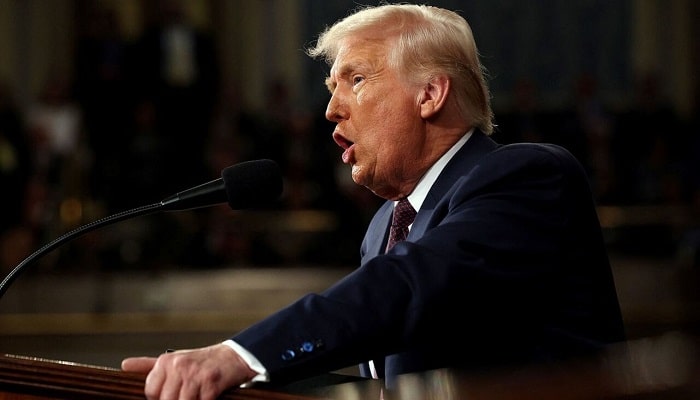PNN – Donald Trump’s administration claims to have helped stop conflicts from the Middle East to Asia, but the reality seems to be much more complex than mere promises, and there is a long way to go before such promises are fulfilled.
According to the report of Pakistan News Network, Trump introduced himself as a “President of Peace” and, in his negotiations on Ukraine, claimed that he wanted peace instead of a ceasefire and that he had stopped six wars since becoming president.
But Trump has missed the truth in his rush to reach a peace deal with Ukraine.
The Guardian investigated Trump’s promises in a report and wrote: The US President and his administration claim to have ended the conflicts between Iran and Israel, the Democratic Republic of Congo and Rwanda, Cambodia and Thailand, India and Pakistan, Serbia and Kosovo, and Egypt and Ethiopia. But despite his grandiose claims of helping to end the world’s conflicts, there are contradictions, including the fact that violence continues in the Republic of Congo and that Rwandan-backed rebels missed a deadline for a peace deal in Doha on Tuesday.
Read more:
Wall Street: Zelensky did not oppose “land swap” in meeting with Trump
Before the ceasefire in the Israeli-Iranian conflict, Trump carried out his attacks using bunker-busting bombs against the country’s military and nuclear facilities. India has denied Trump’s role in brokering a ceasefire with Pakistan in fighting over the disputed region of Kashmir last May, and Egypt and Ethiopia have failed to reach an agreement to end their conflict. Serbia has denied any plans to provoke war with Kosovo, even though Trump claims to have prevented it.
In the ceasefire debate, Trump has always sought a ceasefire, but he has now changed his position and put pressure on Ukraine, and on Monday, during a meeting with European leaders, he officially said that he was no longer seeking a ceasefire.
The American television news network MSNBC published a series of Trump’s statements calling for a ceasefire in Ukraine in the weeks and days before his meetings with Putin and then Zelensky.
But Trump – seeking a quick victory – has reconsidered his stance as he moves closer to a Putin-approved roadmap to end a conflict that has proven far more difficult to resolve than he once thought.
Some European officials, including German Chancellor Friedrich Mertz, considered the ceasefire a prerequisite for more serious negotiations at a meeting at the White House on Monday. Mertz said in this regard that he cannot imagine the next meeting taking place without a ceasefire and that we must insist on this issue.
In a joint meeting with European leaders, the NATO Secretary General, and the Ukrainian President, Trump promised that the outlook for the war in Ukraine would be clear within a week or two, but given the complexity of the issues and the ambiguity that the American media itself raises about security guarantees for Ukraine, the fulfillment of such a promise is uncertain.

